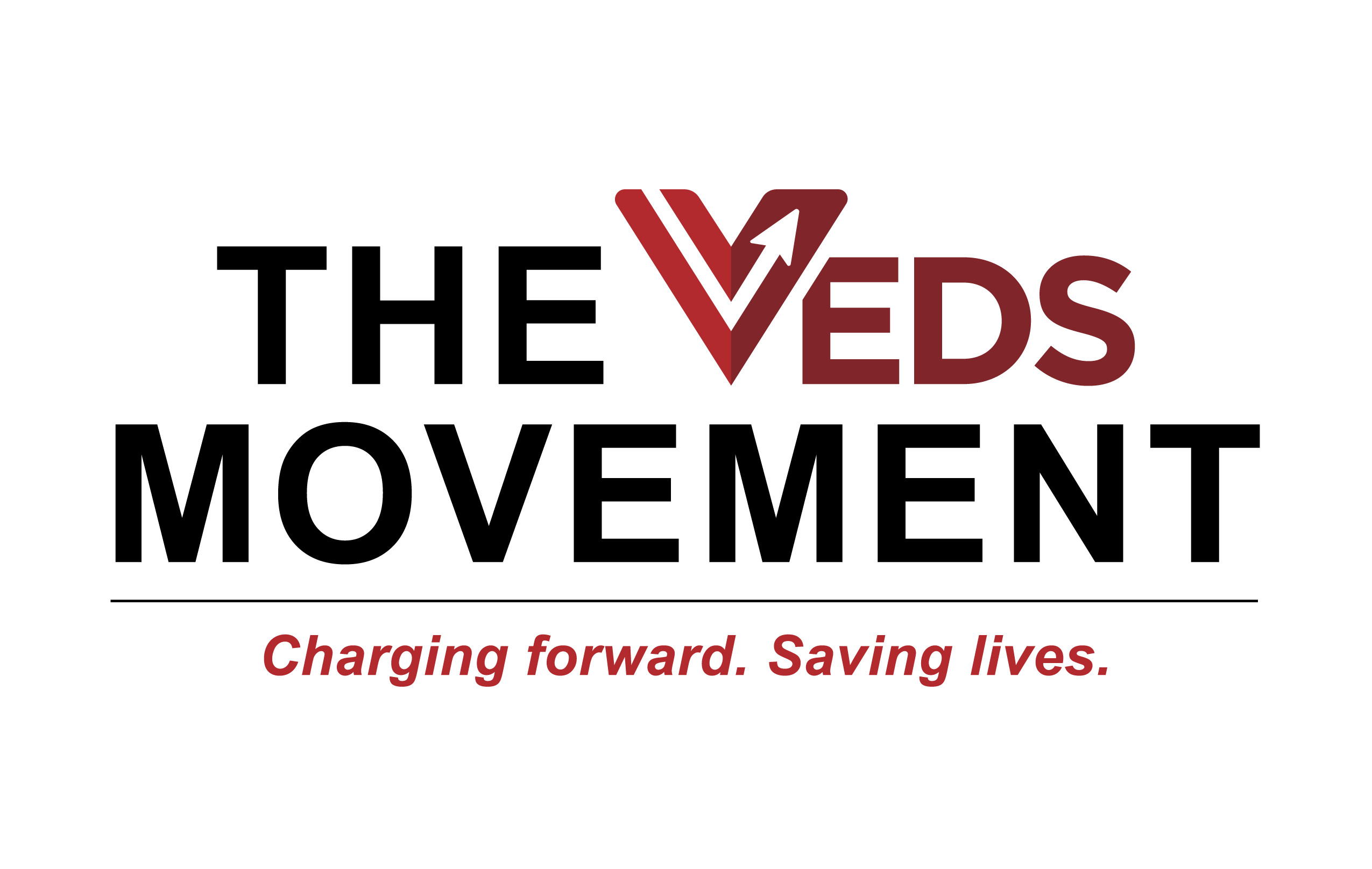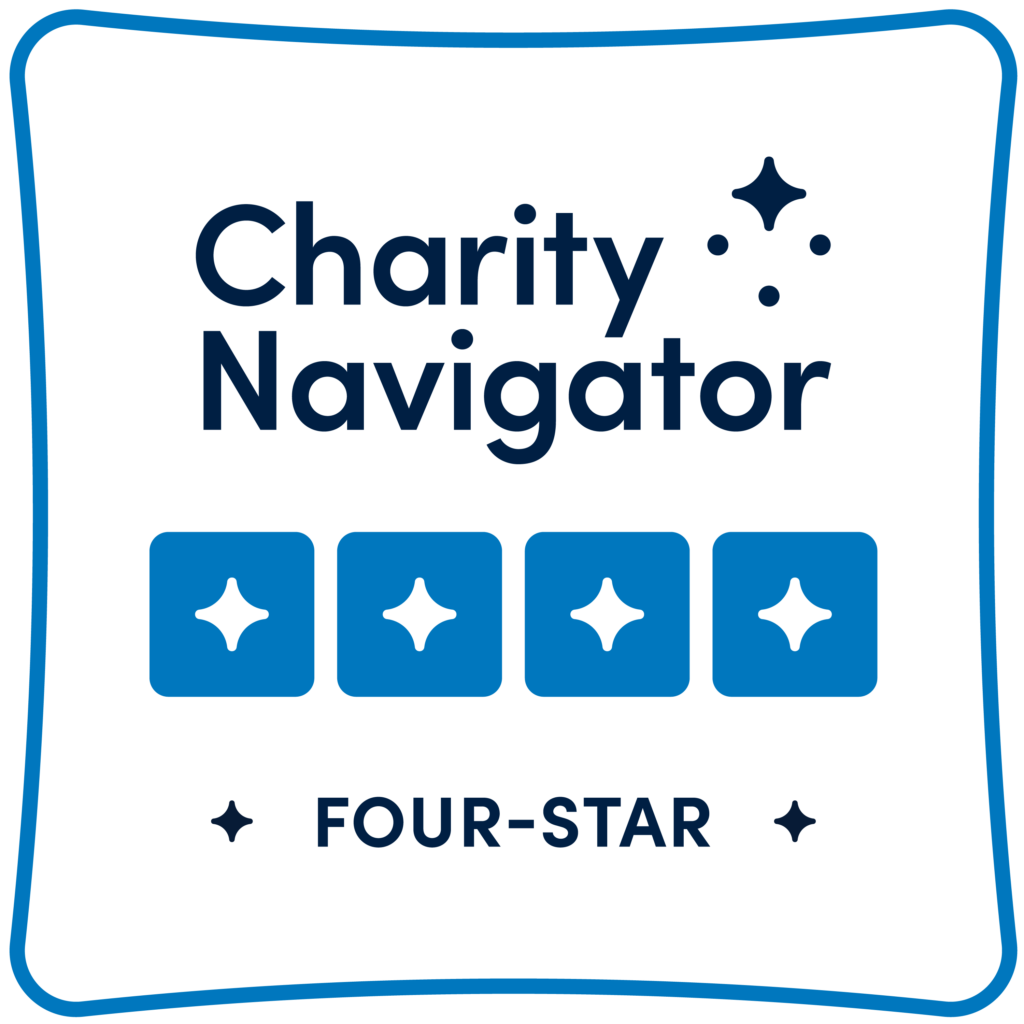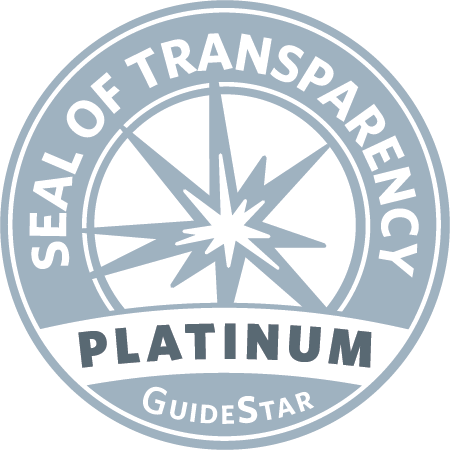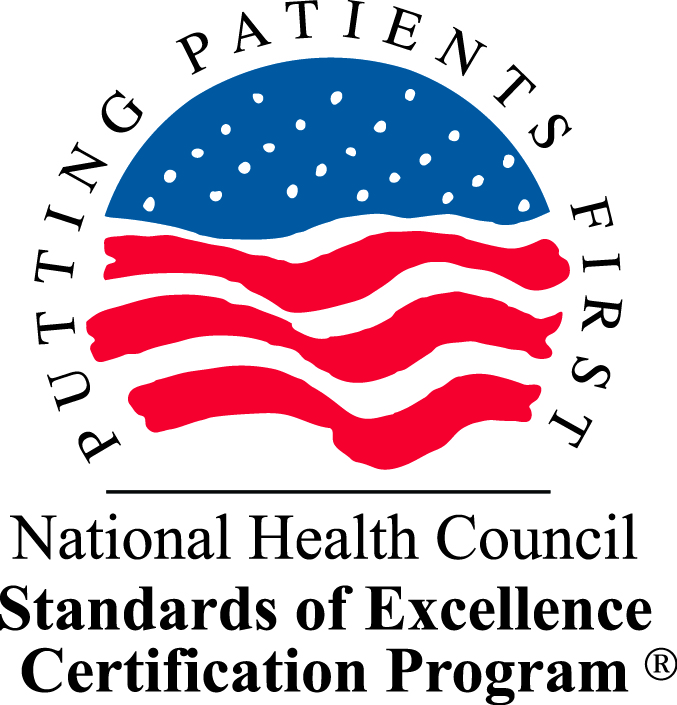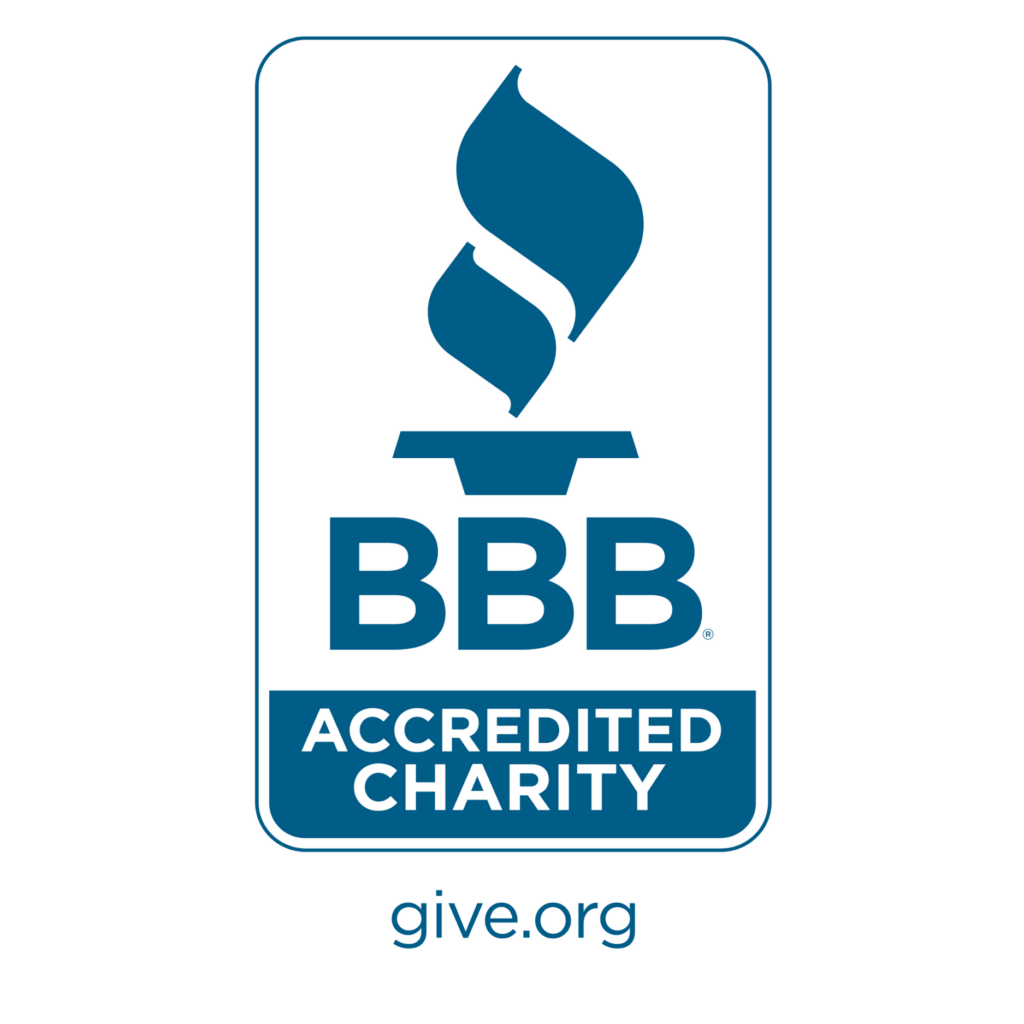Statement from The Marfan Foundation with respect to FDA rejection of celiprolol for exclusive use in treatment of individuals with Vascular Ehlers-Danlos syndrome to prevent or control aneurysm, dissection, and rupture of major arteries
On June 25, 2019, the FDA announced that it has rejected Acer Therapeutics’ application for exclusive use of the third generation beta blocker celiprolol in the US for the treatment of people with Vascular Ehlers-Danlos syndrome (VEDS). This is a rare (about 1/50,000 in the US) genetic condition that results from mutations in one copy of the COL3A1 gene (which encodes type III collagen) and is complicated by arterial aneurysm, dissection, and rupture which can lead to premature death.
The Marfan Foundation, as well as representatives of its Professional Advisory Board, have reviewed the underlying studies of the drug and agree that celiprolol does not warrant designation as a sole approved drug for the treatment of people with VEDS (see background below). The Foundation recommends that registries of affected individuals with COL3A1 mutations be assembled quickly to facilitate informative clinical trials.
Patients should be aware that there are similar third generation beta-blockers, such as carvedilol, nebivolol, and labetalol, available in the US that are being prescribed off-label for this condition. Both carvedilol and labetalol are generic; therefore, they are very low in cost, and nebivolol will soon come off patent. However, there are no trials or long-term studies utilizing these drugs investigating protective effects in this population.
We suggest that optimal future trial design require molecular confirmation of diagnosis and take into account the type of mutation in a given patient as well as prior medical and surgical history, including vascular events and interventions. The outcomes need to be rigorously defined and ascertained by individuals who are unaware of treatment status in order to avoid bias. The assignment of an individual to the celiprolol or control (no or alternative treatment) group needs to occur at random and be maintained throughout the study.
This proposed prospective, randomized, placebo-controlled, double-blinded, and intention to treat study design is standard in the field and is the most powerful and definitive way to assess for benefit or absence of benefit for celiprolol in VEDS. It is also essential that the study be of sufficient size to reach robust conclusions – including both the number of individuals treated with celiprolol and those receiving placebo or alternative therapy. Alternative medications for testing might include other beta-blockers that are currently available in the US and are inexpensive or other medications that have demonstrated protective effects in animal models. The costs for the trial will be significant, given the nature of surveillance that will probably be needed, and support from multiple sources will have to be obtained.
The Marfan Foundation is eager to assist in protocol design, generation of funds, patient recruitment, and education of both patients and their healthcare providers, as it did with the Pediatric Heart Network Study of the angiotensin-receptor blocker losartan in Marfan syndrome.
Background
Since the middle of the 1970s, the measured median life span for people with Marfan syndrome has increased from about 35 years to close to that of the unaffected population. This increase in longevity seems to reflect two advances: the use of drugs designed to slow the rate of aortic enlargement and significant improvement in surgical technology (support that created both the skill and the instrumentation for aortic repair). The rate of growth of the root of the aorta could be monitored noninvasively, with surgical intervention to replace the aortic root, with or without valve replacement, once the risk of tear outweighed the risk of a surgical procedure that has proven very safe in experienced centers.
Individuals with Vascular Ehlers-Danlos syndrome (VEDS) have mutations in COL3A1 that lead to arterial, bowel wall, and uterine wall fragility. Arterial aneurysm, dissection, and rupture are the common causes of morbidity and mortality in this group and lead to a median survival of about 50 years. In contrast to Marfan syndrome, the timing and sites of vascular rupture or dissection are difficult to predict; they can occur with no prior enlargement of the affected blood vessel segment. Surgical repairs are also associated with a much higher risk of complications due to fragility of the tissues.
These limitations have highlighted the need for medical intervention that could prevent or delay arterial complications and, perhaps, those in other tissues. In the early 2000s, the genetic cardiology group at the Georges Pompidou Hospital in Paris initiated a trial of celiprolol, a third generation beta blocker with a weak beta-2 agonist activity, weak alpha 2 blocker, and direct smooth muscle relaxing properties. The trial was terminated after three years because it was thought that there was sufficient evidence of an effect on death rate and arterial event rate. There were 53 individuals included in the trial, a number substantially smaller than the original estimate of what would be needed to achieve definitive results. Only 33 participants were found to have COL3A1 mutations, the distribution between treated (11) and untreated (22) was asymmetric, and it was not clear if the randomization was retained. A subgroup analysis suggested a positive effect, but the test group was very small and the statistical confidence was low.
A follow-up natural history study included 144 individuals with mutation-confirmed VEDS. Importantly, this study was not a randomized controlled clinical trial. There was no randomization, and many patients moved during the course of the study from either no treatment or an alternative treatment to celiprolol, limiting comparison of treatment strategies. The group of individuals used for comparison to people treated with celiprolol was small (less than 10% of the total), and largely consisted of individuals who were deemed intolerant of celiprolol or who gave some indication that they were not adherent to the dose regimen. Also, for patients who changed to celiprolol therapy during the course of the study, the time spent previously on no medication or on alternative medication was not included in the study for analysis. Neither the patients nor the investigators were blinded to treatment status. Because of the small control group and the many potential sources of bias, the authors of this study concluded that it could not be used to conclude that celiprolol affords protection in people with VEDS. This sentiment was echoed in an editorial that accompanied the publication describing this work. The consensus expressed at the international Vascular Ehlers-Danlos syndrome meeting in Amsterdam in May 2018 emphasized the need for a large and well-controlled clinical trial of celiprolol in VEDS and the eagerness of the international medical community to assist in this effort.
About two years ago, Acer Therapeutics applied to the FDA to be sole distributor of celiprolol in the US if it was ultimately approved for use in VEDS. That exclusive license was granted. Acer Therapeutics then requested that the FDA approve celiprolol for use, only in people with VEDS, based on a combination of the results in the first trial and data on long-term safety and outcome in the natural history study.
Learn more about medications used for individuals with VEDS.
